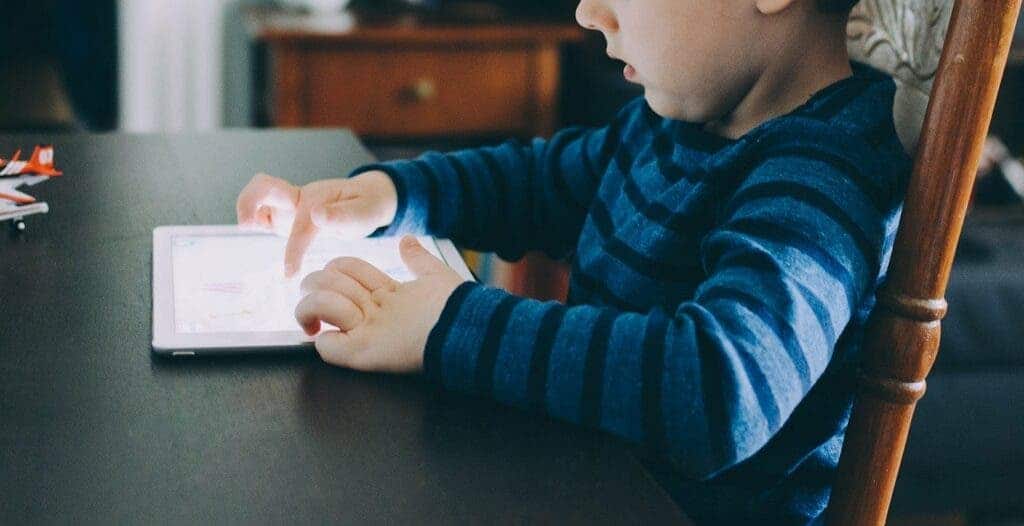Is this a temporary disruption, or a more permanent shift?

The COVID-19 crisis has resulted in schools and universities across shutting down their in-person activity. More than 1.2 billion children are now out of the classroom.
However, this doesn’t necessarily mean that children have been deprived of their education. Enthusiastically and with great care, many teachers have transitioned to online learning. Although this form of study has its drawbacks compared to classroom interactions, online learning can be superior in many regards.
For instance, studies suggest that online learning can increase the retention of information because students can study at their own pace and take less time because there are no more commutes and fewer distractions typical of a classroom packed with fretting children.
While there’s no doubt that this transition has happened much too suddenly, disproportionately affecting children from low-income families and widening the gap in education, there have also been very positive outcomes as a result of the shuttering of schools. The question is: will some of these aspects remain even after the pandemic is long gone?
The boom of online learning
Even well before the COVID-19 pandemic disrupted everyone’s lives, ed-tech was a fast-growing industry. In 2019, more than $18 billion in investments flowed towards tech startups focused on education, whether they’re video conferencing tools, online learning software, hiring an essay writer, or virtual tutoring. By 2025, the global market for online education is forecasted to reach $350 billion.
One of the biggest winners of this pandemic is BYJU, an educational technology and online tutoring startup based in India, which last year raised over $500 million in venture capital. In response to the pandemic shuttering schools, BYJU offered free access to its services, increasing the number of new students using the platform by 200%.
Elsewhere, in China, Tencent provided online learning platforms for a quarter of a billion full-time students who had to stay at home during the country’s February lockdown. For instance, approximately 730,000 K-12 students attended classes via Tencent’s K-12 Online School in Wuhan.
DingTalk, Alibaba’s distance learning solution, had to deploy 100,000 new cloud services almost overnight to meet demand.
In the UK, the BBC has partnered with celebrities like Sergio Aguero, a Manchester City football player, to offer 14 weeks of curriculum-based learning for pupils across the country.
“I believe that the integration of information technology in education will be further accelerated and that online education will eventually become an integral component of school education,“ Wang Tao, Vice President of Tencent Cloud and Vice President of Tencent Education, told WeForum.
Online education enables teachers to interact with the classroom through chat groups and video meetings, as well as offering tools like voting and document sharing. Many teachers report good communication using online platforms like Lark and claim they would like to stick to these tools after the coronavirus threat is gone.
The changing landscape in education
Online education is obviously not for everyone. While 95% of schoolchildren in Switzerland, Norway, and Austria have access to a computer, only 34% in Indonesia can afford such a luxury.
However, there are many merits to online learning. No one is claiming that it should totally replace traditional study in the classroom but it’s clear that schools in post-pandemic times will go through important structural changes. It’s foreseeable that online and offline education will work to reinforce each other in the future.


